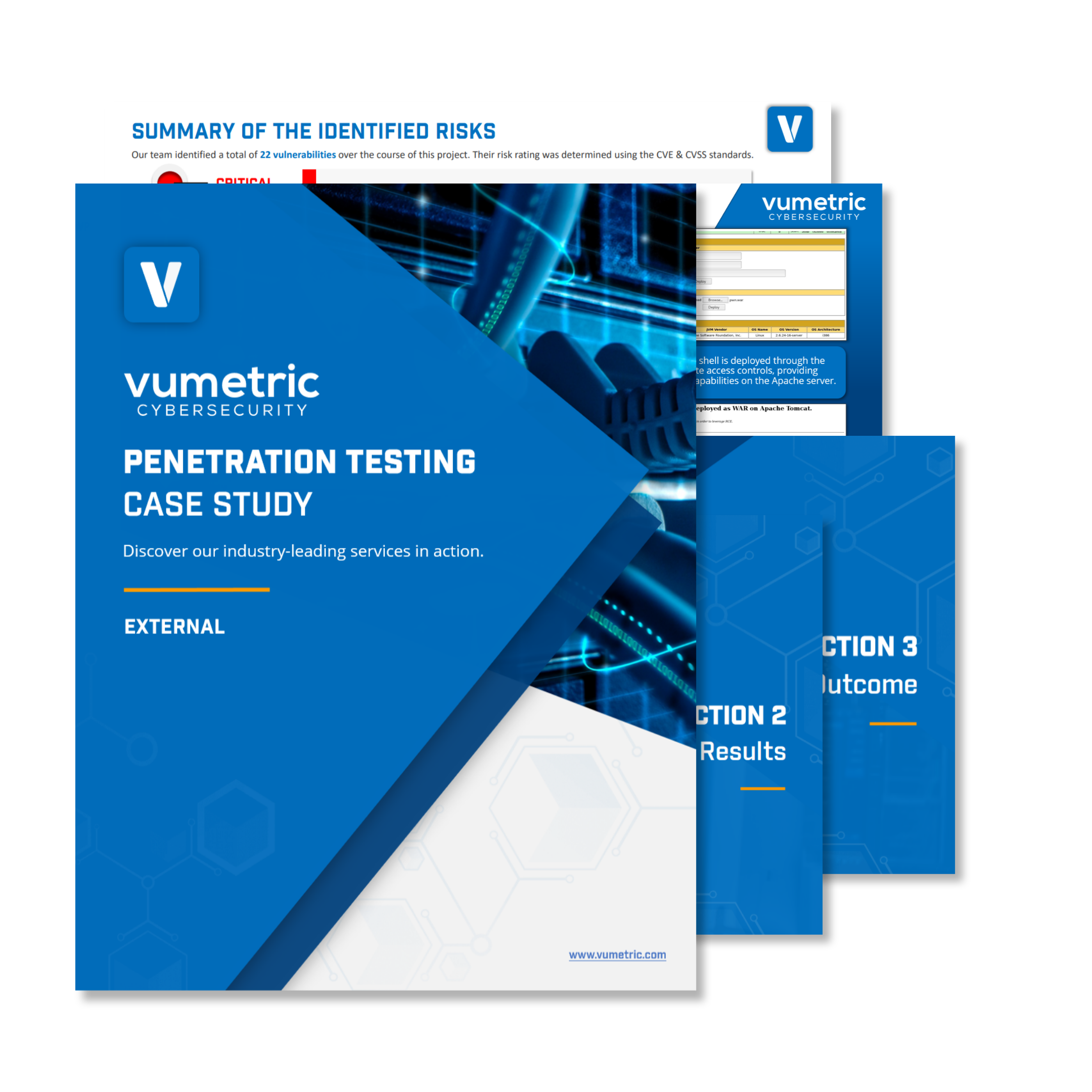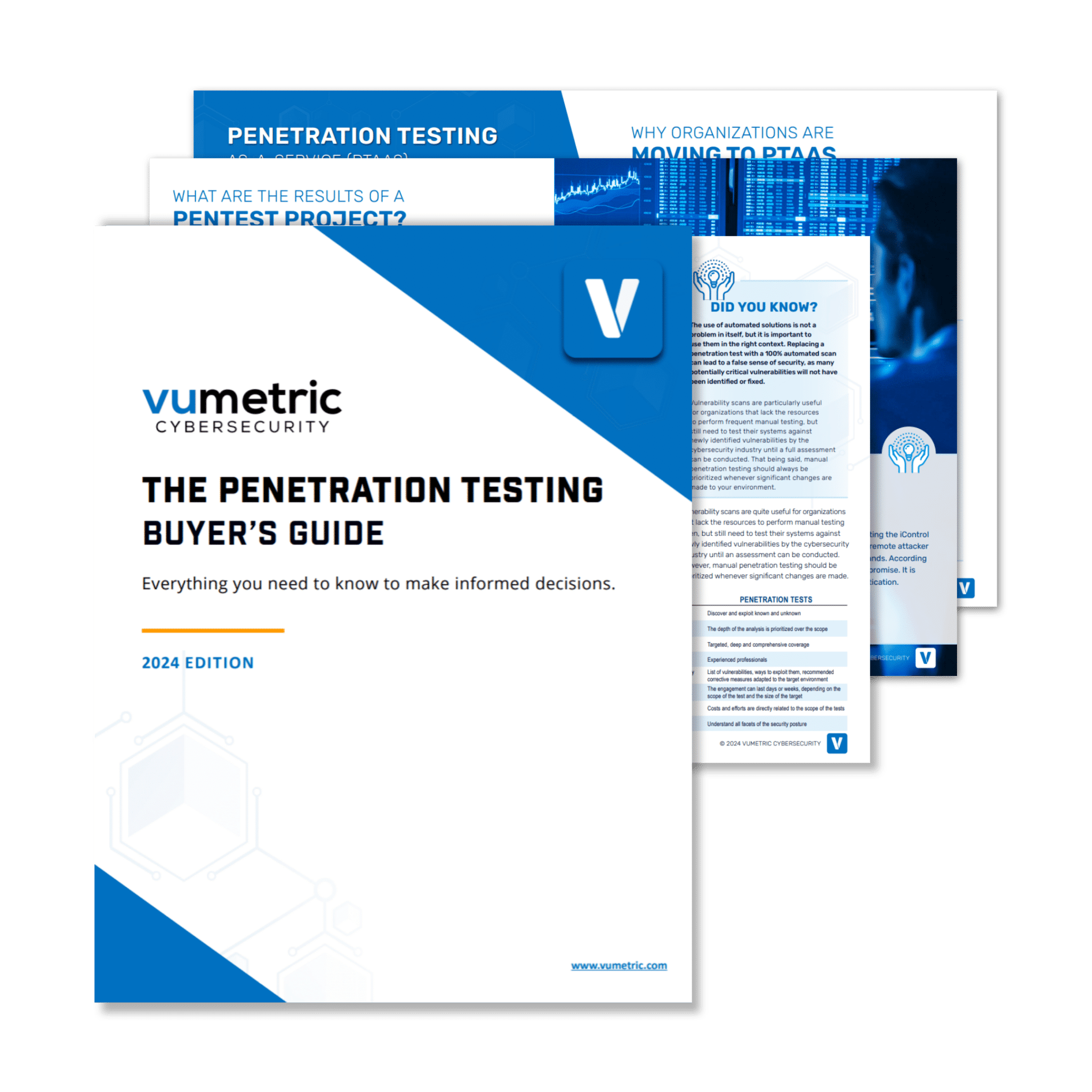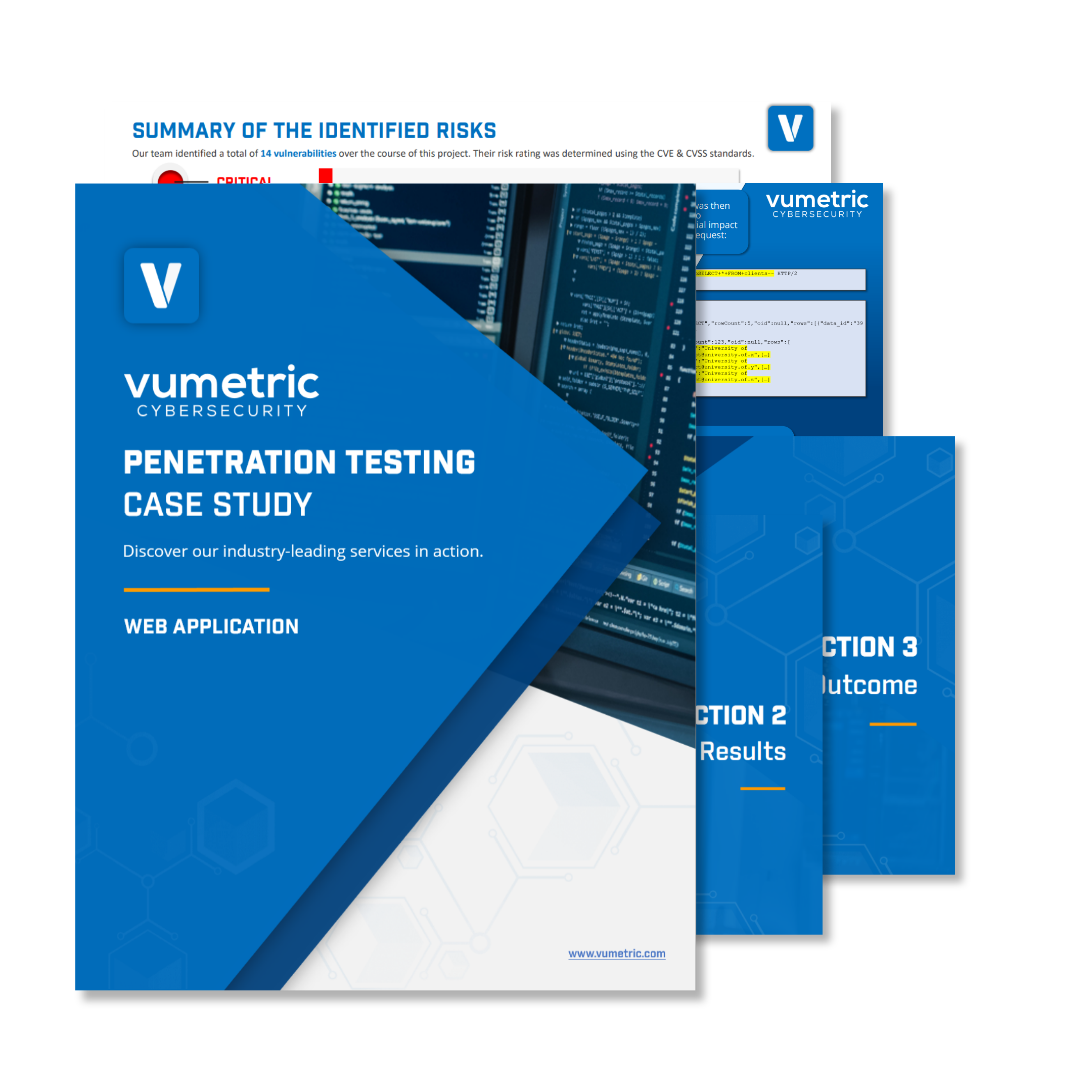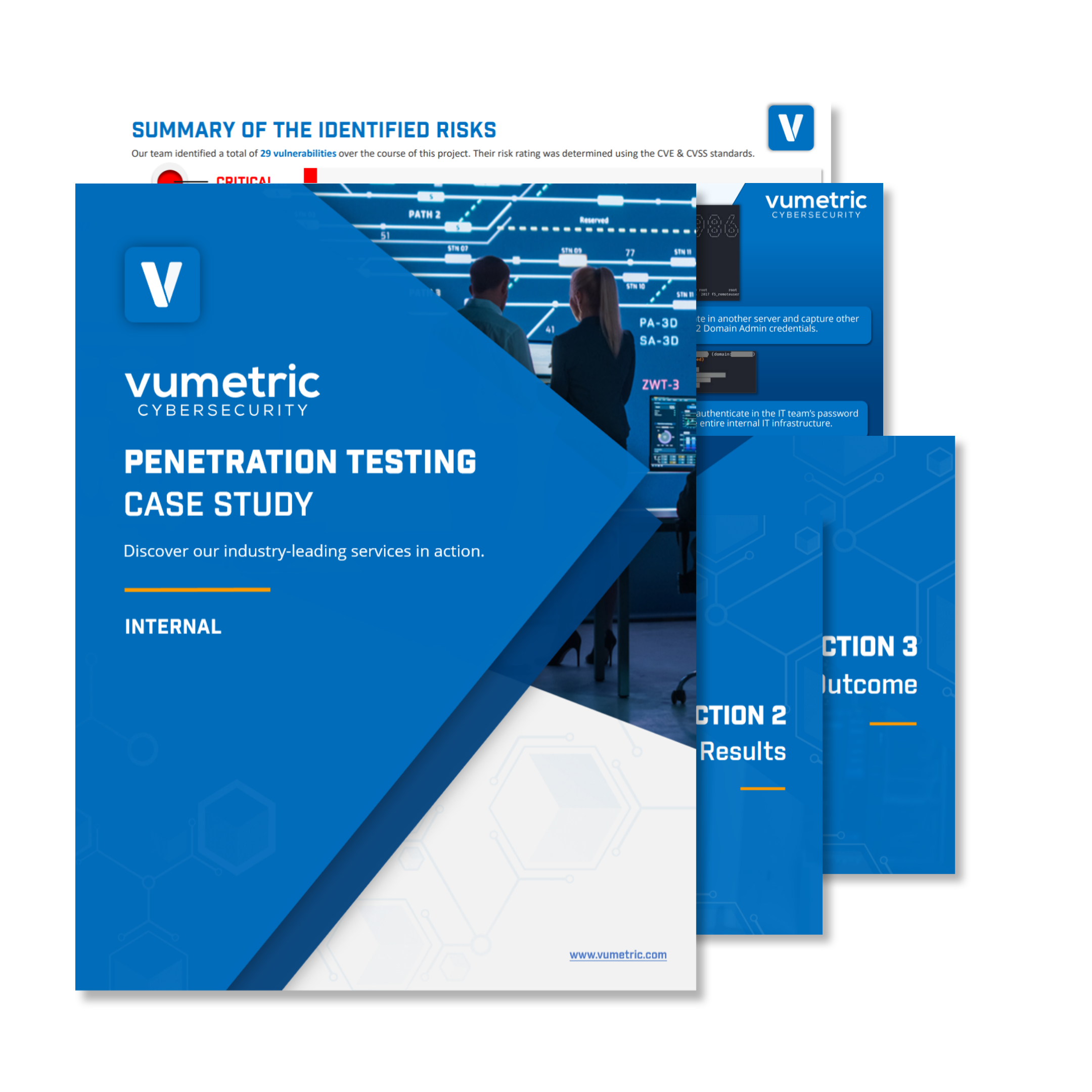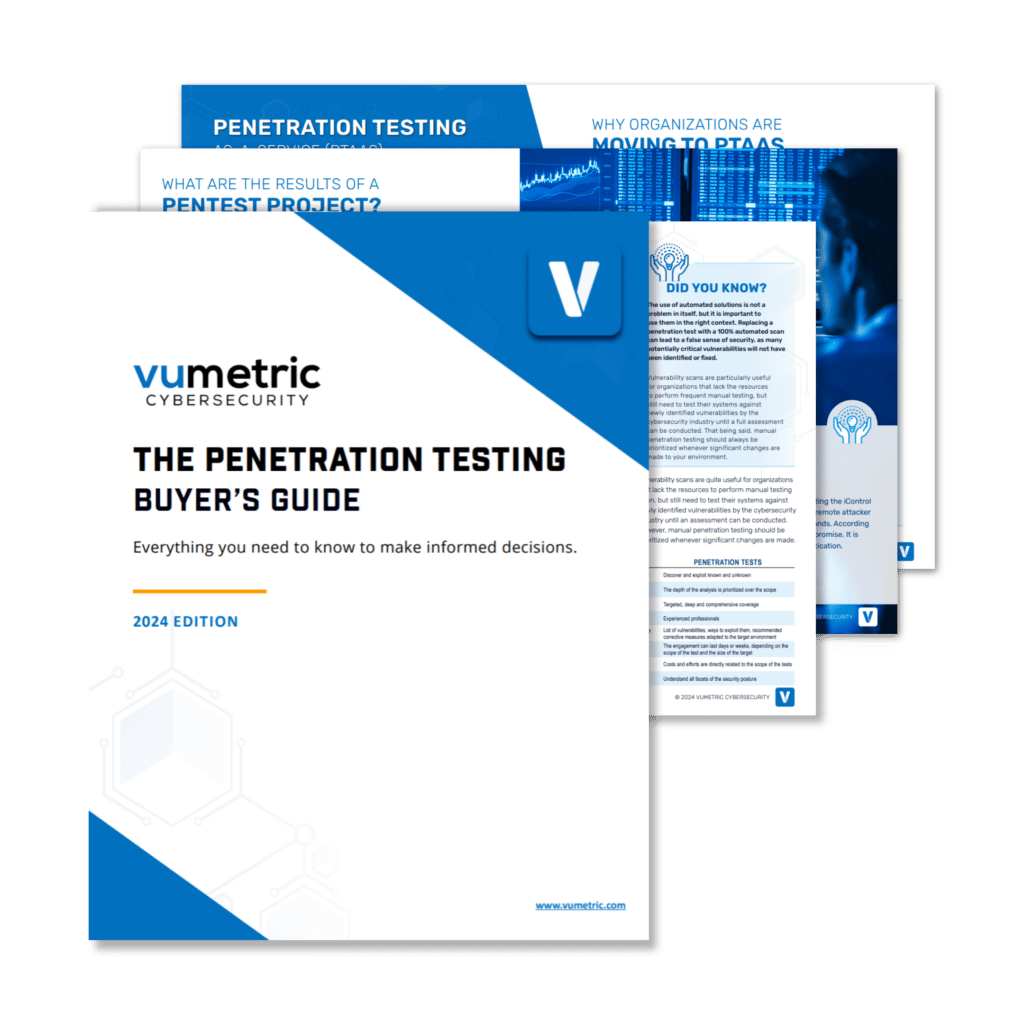In today’s rapidly evolving digital landscape, organizations face an array of cybersecurity threats that can have severe consequences for their business operations, data privacy, and customer trust. Ensuring compliance with various industry standards and regulations is crucial to maintain a strong security posture. One key method to achieve this is through penetration testing. This article delves into the importance of penetration testing for compliance, the different types of tests, and how to select the right approach for your organization.
Understanding Compliance Requirements
Compliance requirements are established to protect sensitive data, ensure business continuity, and promote security best practices. These regulations can vary by industry, location, and type of data handled. Examples include:
- General Data Protection Regulation (GDPR)
- Health Insurance Portability and Accountability Act (HIPAA)
- Payment Card Industry Data Security Standard (PCI DSS)
- ISO/IEC 27001:2013
Failure to comply with these standards can result in costly fines, reputational damage, and even legal action. Penetration testing helps organizations identify and mitigate vulnerabilities, ensuring compliance with industry regulations and reducing the risk of a security breach.
The Role of Penetration Testing in Compliance
Penetration testing simulates real-world cyberattacks to identify vulnerabilities and assess the overall security posture of an organization’s network, applications, and infrastructure. The primary goals of penetration testing for compliance include:
- Identifying vulnerabilities and weaknesses in the security infrastructure
- Assessing the effectiveness of existing security measures
- Providing a clear roadmap for remediation and improvement
- Demonstrating compliance with industry-specific regulations
By proactively identifying and addressing vulnerabilities, organizations can demonstrate their commitment to security and ensure they meet the requirements of relevant regulatory frameworks.
Types of Penetration Testing Used in Compliance
There are several types of penetration testing used for compliance purposes, each designed to address specific aspects of an organization’s security infrastructure. These include:
- External Penetration Testing: Focuses on identifying vulnerabilities in an organization’s external-facing systems, such as web applications, firewalls, and email servers.
- Internal Penetration Testing: Targets an organization’s internal network infrastructure and systems to identify weaknesses that could be exploited by an attacker with access to the network.
- Wireless Penetration Testing: Examines the security of wireless networks and devices, such as Wi-Fi access points and routers, to identify potential vulnerabilities.
- Application Penetration Testing: Assesses the security of web and mobile applications to uncover vulnerabilities such as injection attacks, broken authentication, and insecure data storage.
Choosing the right type of penetration test depends on an organization’s unique security requirements, infrastructure, and compliance obligations. Our team of experts can help you determine the best approach to achieve your security and compliance goals. Contact us to discuss your needs.
External Penetration Testing
Case Study
See our industry-leading services in action and discover how they can help secure your external network perimeter from modern cyber threats and exploits.
Penetration Testing Guide
(2024 Edition)
Everything you need to know to scope, plan and execute successful pentest projects aligned with your risk management strategies and business objectives.
Web Application Penetration Testing
Case Study
See our industry-leading services in action and discover how they can help secure your mission-critical Web Apps / APIs from modern cyber threats and exploits.
Internal Penetration Testing
Case Study
See our industry-leading services in action and discover how they can help secure your internal network infrastructure from modern cyber threats and unauthorized access.
Conclusion
Penetration testing is a vital component of ensuring compliance with industry-specific regulations and standards. By proactively identifying and addressing vulnerabilities, organizations can demonstrate their commitment to security, reduce the risk of security breaches, and maintain a strong security posture. Selecting the right type of penetration test and engaging a reputable provider is essential to achieving compliance and protecting your organization from evolving cybersecurity threats.
Are you looking to improve your organization’s security posture and achieve compliance? Contact our team of cybersecurity experts to discuss your needs and learn how we can help you meet your compliance goals.
